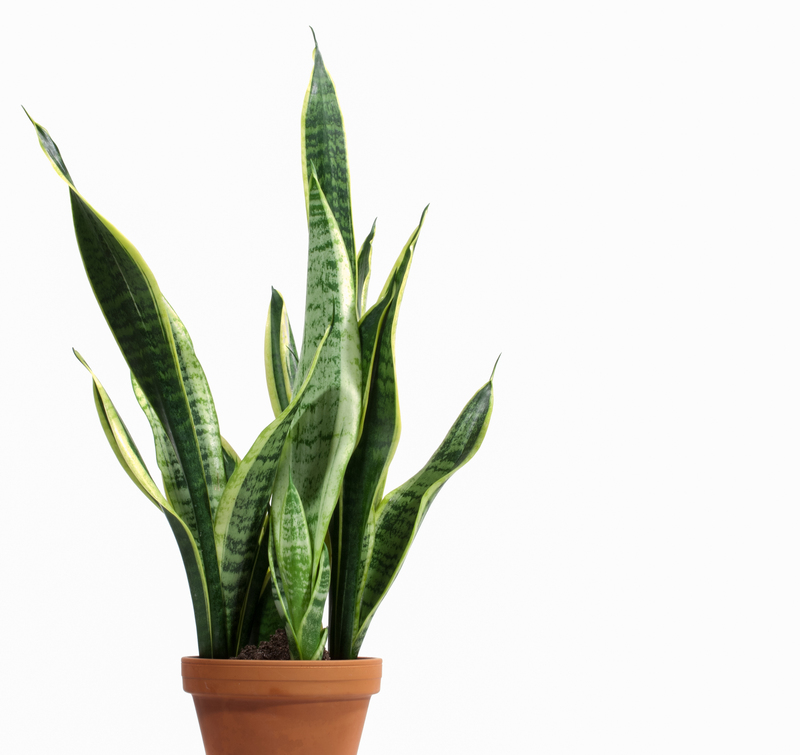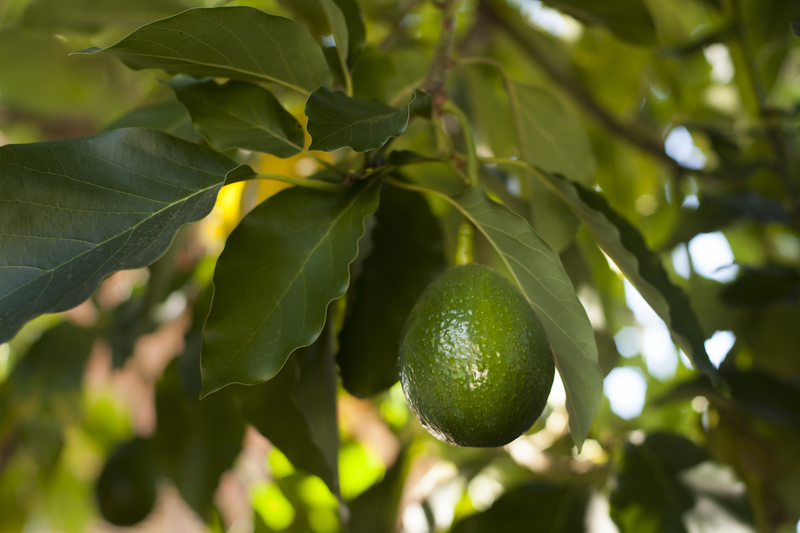Tips on Balancing Gardening and Dog Needs
Posted on 10/06/2025
Tips on Balancing Gardening and Dog Needs
Gardening is a rewarding hobby that brings beauty, relaxation, and a sense of accomplishment. Similarly, sharing your home and garden with a dog brings warmth, energy, and companionship. However, balancing gardening and dog needs can require a thoughtful approach to create a harmonious outdoor space that keeps both your plants and furry friends happy and healthy. In this comprehensive guide, you'll discover valuable tips on balancing gardening and dog needs so everyone can enjoy the time outdoors safely and joyfully.
Understanding the Challenges of Combining Pets and Plants
Every gardener loves to admire a well-tended garden, while every dog owner knows the joy of seeing their pup romp and play freely. Yet, for pet parents who also love their plants, issues can arise:
- Digging dogs can uproot delicate plants.
- Many plants can be toxic if chewed or ingested by dogs.
- Puppies and active breeds may trample on flower beds.
- Dog urine can cause burn spots on grass and plants.
- Dogs may view mulch as a snack or toys, causing health concerns.
Balancing your dog's instincts and your love of gardening often means working to prevent damage, ensure safety, and still allow both to flourish together.

Planning the Perfect Dog-Friendly Garden Space
Strategic planning is at the core of successful gardening with dogs. With some foresight, you'll reduce possible conflicts and make your garden resilient, beautiful, and a haven for your pet.
Create a Dog Zone
A great tip for balancing your garden and your pet's needs is to designate a portion of your yard as a special dog area. This can keep active pups distracted from delicate flower beds and vegetables.
- Use fencing or low borders to separate dog areas from plant-heavy zones.
- Include a shaded spot for lounging and a water bowl for hydration.
- For pups who love to dig, create a "sand pit" or digging box filled with loose dirt or sand.
Paths and Trails for Exploration
Dogs enjoy having a route to patrol their "kingdom." Installing dog-friendly garden paths--using stone, mulch, or gravel--directs your pup's energy and encourages them to keep off garden beds:
- Wide, soft trails prevent trampling and give dogs a routine run.
- Curving paths create natural flow and interest in the landscape.
- Hard-wearing materials like flagstone stand up to claws.
Choose Dog-Safe Plants
Many common plants are toxic to dogs, so carefully selecting what you grow is critical:
- Safe choices include sunflowers, marigolds, snapdragons, rosemary, sage, thyme, zinnias, and ferns.
- Plants to avoid: azalea, daffodils, foxglove, lilies, sago palm, oleander, rhododendron, and tulips.
- Always check websites like the ASPCA's Toxic and Non-Toxic Plants List before planting.
Tip: If your dog is a known plant-nibbler, opt for raised planters or hanging baskets to keep edibles and flowers out of reach.
Protecting Plants from Curious Canines
Preserving your yard's beauty doesn't mean restricting your best friend's fun. The following strategies let you balance pet and garden care easily:
Use Physical Barriers
Barriers are one of the simplest, most flexible solutions:
- Install decorative fences, low hedges, or chicken wire around fragile or newly planted beds.
- Place rocks or wood edging to signal clear borders.
- Use plant cages for seedlings until they're robust enough to withstand a curious pup.
Choosing the Right Mulch
Not all garden mulches are safe for dogs. Some, such as cocoa bean mulch, are highly toxic to pets and must be avoided. Instead, opt for:
- Cedar or pine bark mulch -- safe and aromatic.
- Straw or hay for vegetable paths.
- Pea gravel, which is smooth for paws.
Monitor your dog around mulch to discourage chewing or digging--some dogs may ingest even safe mulches in excess, causing stomach upset.
Discouraging Digging and Trampling
- Reinforce training--teach the "leave it" and "off" commands.
- Block favorite digging spots with large stones or planters.
- Offer alternatives in their personal dog space to redirect digging urges.
- Consider scent-based deterrents: Sprinkle citrus peels, vinegar, or pet-safe sprays to discourage entry to restricted areas.
Maintaining a Lawn Both You and Your Dog Will Love
Your lawn may suffer when sharing with a pet, but a little care goes a long way in balancing a yard for dogs and gardening:
Reseeding and Repair Techniques
- Choose sturdier grass varieties such as Kentucky bluegrass, perennial ryegrass, or fescue, which recover from dog traffic.
- Rinse urine spots with water promptly to dilute the nitrogen and prevent "burns."
- Overseed worn patches every spring and fall.
Organic Lawn Solutions
- Avoid chemical weed killers and fertilisers that can poison pets.
- Use compost and pet-safe organic products to maintain soil health.
- Hand-pull weeds, or use corn gluten meal to prevent seeds from germinating.
By maintaining a pet-friendly garden and lawn holistically, you'll ensure safety for your dog while keeping your green space thriving.
Keeping Your Dog Healthy in the Garden
Gardening with pets is about more than plant safety--your dog's well-being is equally crucial.
Check for Pests and Hazards
- Inspect regularly for sharp garden tools, small objects (twist ties, fertilizer pellets), or thorns that can cause injury.
- Keep slug/snail baits, insecticides, or rodenticides out of paw's reach--or, better yet, switch to natural pest control strategies such as diatomaceous earth or companion planting.
- Watch for bee or wasp nests, especially if your dog has a tendency to snap at flying insects.
Supervised Play and Training
- Accompany your dog in the garden, especially when new plants or fresh beds are established.
- Practice consistent, positive reinforcement training to teach boundaries.
- Offer puzzle toys and games to channel your pup's curiosity productively.
Safe Gardening Products
- Choose organic or pet-safe fertilizers, pair natural compost with mulch to avoid chemical ingestion.
- Avoid using cocoa bean mulch, which smells like chocolate but is dangerous for dogs.
- Opt for natural slug deterrents like crushed eggshells or copper tape.
The Benefits of Gardening with Dogs
With attention and creativity, balancing dog care and gardening can be both simple and rewarding. Happy dogs mean a lively yard, and a beautiful garden enriches everyone's lives. Some benefits of embracing both activities include:
- Increased exercise and outdoor time for both you and your pet.
- Opportunities for positive reinforcement training and mental stimulation for your dog.
- Natural pest control--some dogs chase away rabbits or rodents.
- Shared relaxation in a safe space, improving well-being for both pet and owner.
Creative Ideas for a Harmonious Garden and Dog Life
Dog-Friendly Water Features
- Add a small pond with sloped sides for safe splashing, or a shallow fountain for drinking on hot days.
- Keep water features algae-free and avoid water lilies, which can be risky if chewed.
Shade and Shelter Solutions
- Use canopy trees, pergolas, or dog houses for cool, shaded retreats while you garden.
- Fast-growing, sturdy shrubs or bamboo provide cover as well as natural play areas.
Edible Gardens for Dogs
Why not supplement your dog's treats with dog-friendly herbs or veggies?
- Plant carrots, green beans, parsley, basil, or blueberries for healthy, homegrown snacks.
- Create a "snack patch" and teach your dog which plants are okay to sample under supervision.
- Include strong-scented herbs (mint, lavender) to discourage digging elsewhere.
Expert Tips for Long-Term Success
- Rotate toys and activities to prevent boredom--which can lead to destructive gardening habits.
- Monitor for behavioral changes when new plants or garden setups are introduced.
- Invite your dog into the gardening process: let them dig approved holes or "fetch" weeds, rewarding their participation.
- Consider consulting with veterinarians and horticulturalists for specific advice tailored to your breed or garden type.
Seasonal Considerations for Dog-Friendly Gardens
Spring and Summer
- Monitor for pollens or lawn treatments that could irritate paws or noses.
- Provide ample water, and be aware of heatstroke risks on hot days.
Fall and Winter
- Clear leaves and debris which may hide hazards.
- Rinse paws after walks to remove mud or ice-melting chemicals.
- Consider synthetic turf for high-traffic areas to prevent muddy "dog runs."

Frequently Asked Questions
How can I stop my dog from digging up my plants?
Offer a designated digging spot (like a sand pit), use training commands, reinforce garden boundaries with fencing or stones, and supervise outdoor time until new habits are established.
What are signs of plant toxicity in dogs?
Symptoms may include drooling, vomiting, diarrhea, weakness, seizures, or lethargy. If you suspect ingestion of a poisonous plant, contact your vet immediately.
Are there dog breeds easier to garden with?
Some breeds, especially high-energy or working dogs, may be more prone to exploring and digging. However, with training and the right environment, almost any breed can learn to respect your garden.
Conclusion: Achieving Balance in Your Garden Oasis
Balancing gardening with your dog's needs is about partnership, patience, and creative problem solving. When you structure your garden for both safety and fun, you'll cultivate not just plants--but memories, shared experiences, and a joy-filled, vibrant yard for everyone.
With these tips on balancing gardening and dog needs, you're ready to transform your outdoor space into a true retreat, ensuring health, happiness, and harmony for you and your beloved pup.

